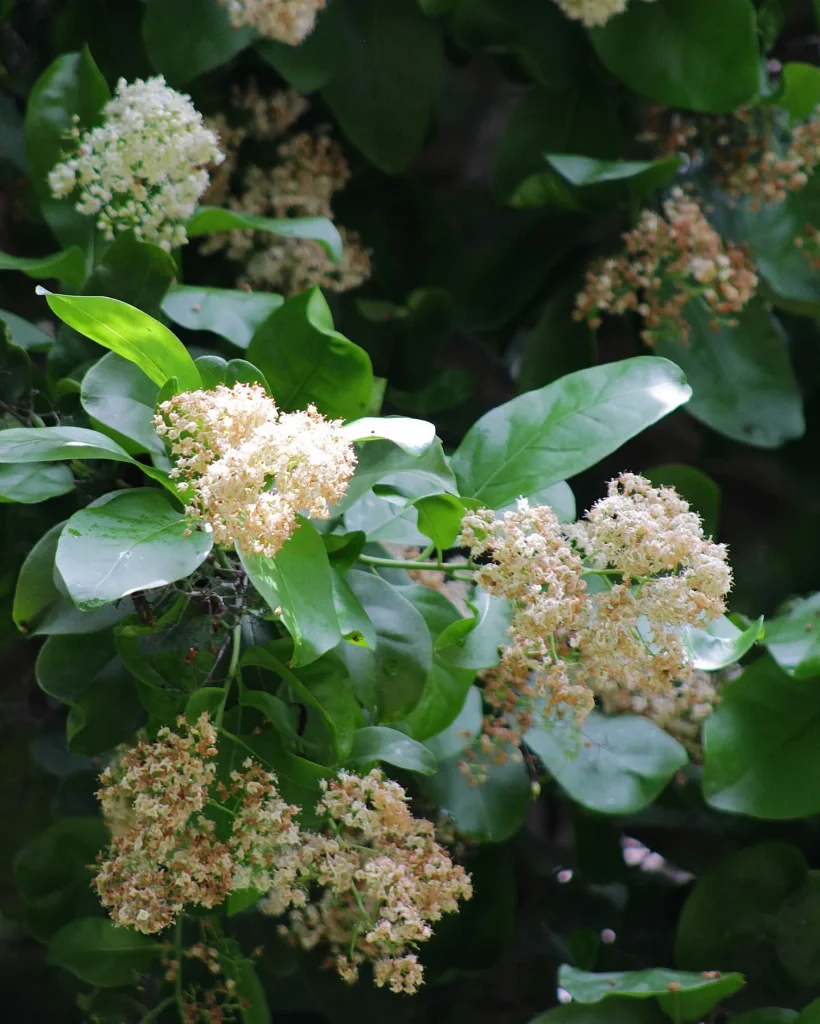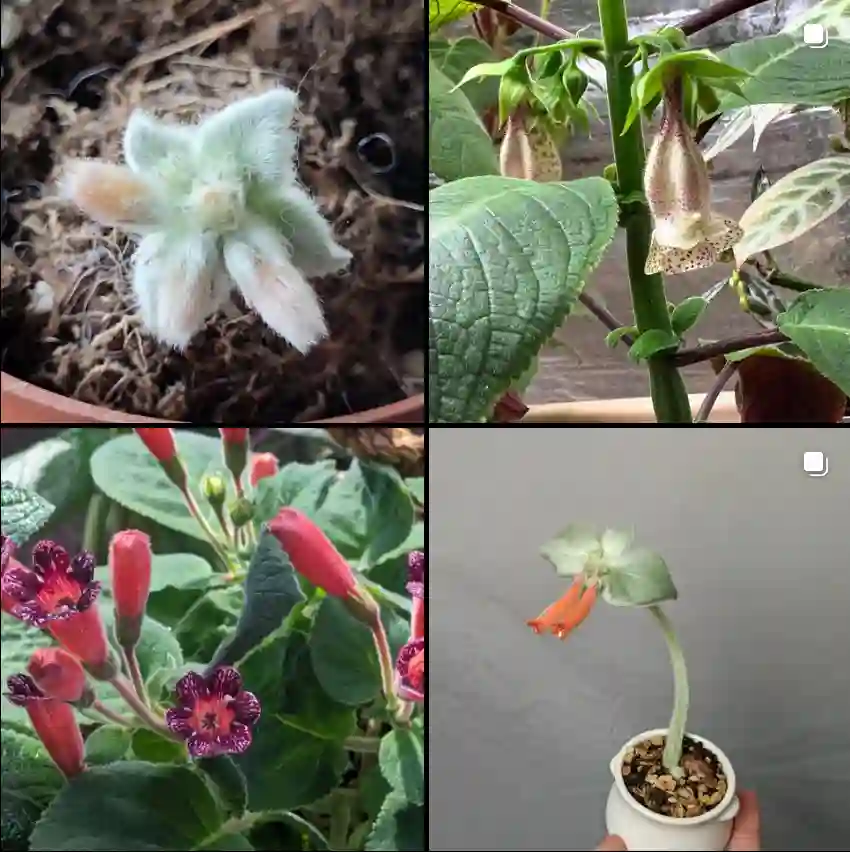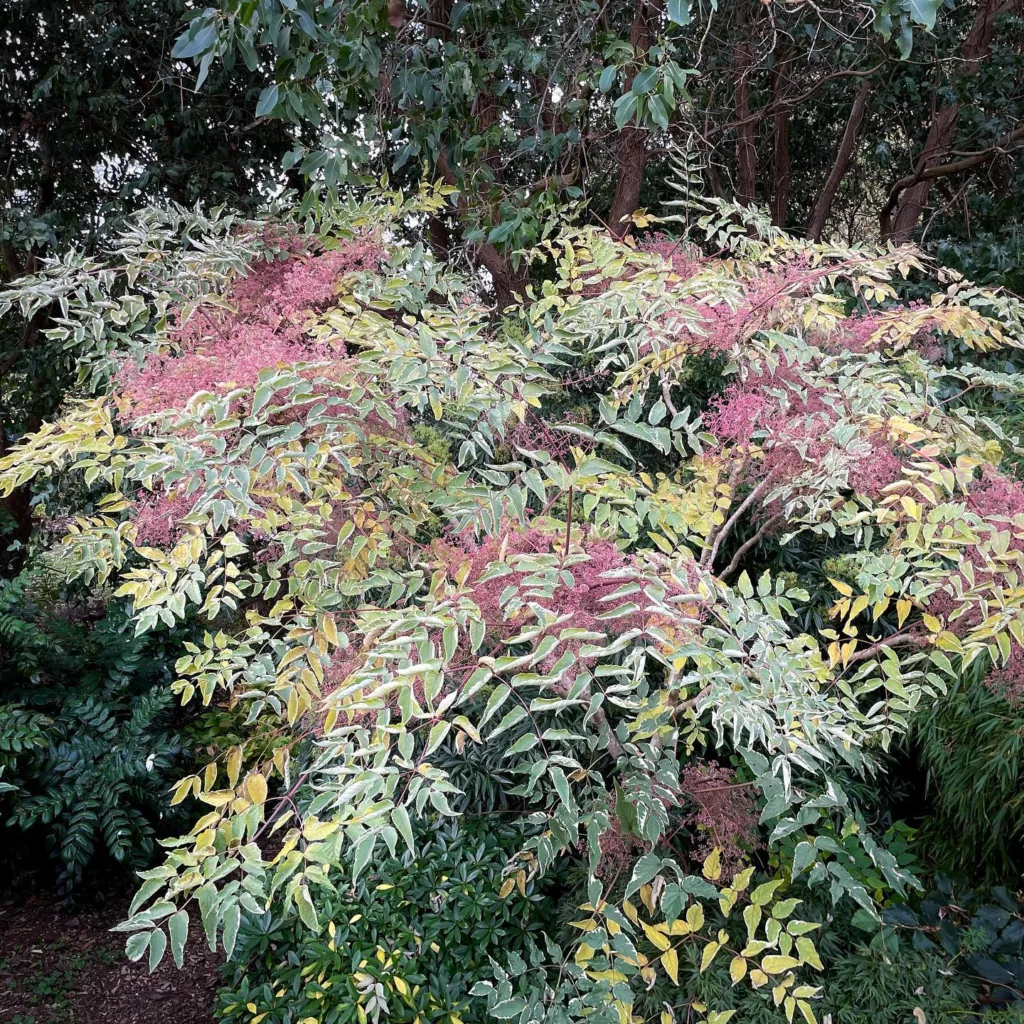March 15 – Andromeda
"Andromeda, the elegant shrub, defines March 15."
Andromeda symbolizes grace and protection. You have a refined and caring nature, always looking out for the well-being of others. Like this plant, you flourish in serene and peaceful surroundings.
Andromeda: A Lone Star in the Bog
My fascination with the natural world has led me down many intriguing paths, but few have been as captivating as my exploration of the Andromeda genus. This unique group of plants, belonging to the Ericaceae family, boasts a singular species: Andromeda Polifolia. It’s a plant that thrives in the harsh conditions of northern bogs, a testament to its resilience and beauty.
A Bog Rosemary by Any Other Name
Andromeda Polifolia, also known as bog rosemary, is a small evergreen shrub that paints the bog landscape with delicate hues of pink and white. Its bell-shaped flowers, reminiscent of its namesake, the lily-of-the-valley, dangle gracefully from the branches, providing a stark contrast to the rugged terrain. The leaves, lance-shaped and leathery, possess a bluish-green tint that adds to the plant’s allure.
The name “Andromeda” itself has a captivating backstory. Carl Linnaeus, the father of modern taxonomy, bestowed this name upon the genus, drawing inspiration from Greek mythology. Just as the mythological Andromeda was chained to a rock, this plant seemed tethered to the boggy environment, its beauty captivating all who beheld it.
A Resilient Beauty in Harsh Conditions
Bogs, with their acidic, nutrient-poor soil and waterlogged conditions, present a formidable challenge to most plants. Yet, Andromeda Polifolia not only survives but thrives in this environment. It has adapted to these harsh conditions through specialized features, such as fine hairs on its leaves that help reduce water loss and a symbiotic relationship with mycorrhizal fungi that aid in nutrient uptake.
This resilience is a testament to the plant’s evolutionary journey, a journey that has allowed it to carve out a niche in these challenging ecosystems. It’s a reminder that beauty and strength can coexist, even in the most unlikely of places.
The Importance of Andromeda polifolia
Despite its solitary status within the genus, Andromeda Polifolia plays a vital role in the bog ecosystem. It provides shelter and food for various insects and animals, contributing to the biodiversity of this unique habitat. Furthermore, its presence helps stabilize the bog environment, preventing erosion and maintaining water quality.
Beyond its ecological significance, bog rosemary has also been used by humans for various purposes. Traditionally, it has been employed in medicinal practices for its antiseptic and astringent properties. However, it’s crucial to remember that the plant contains grayanotoxins, which can be toxic if ingested, highlighting the need for caution and respect when interacting with this species.
Conservation and Appreciation
As with many species inhabiting specialized environments, Andromeda Polifolia faces threats due to habitat loss and degradation. The draining and destruction of bogs for agriculture and development pose significant challenges to the survival of this unique plant.
It’s imperative that we recognize the importance of conserving Andromeda Polifolia and the fragile ecosystems it calls home. By protecting these habitats, we not only ensure the survival of this beautiful species but also preserve the biodiversity and ecological integrity of our planet.
In conclusion, my journey into the world of Andromeda has been an enriching experience. It has deepened my appreciation for the resilience and beauty of the natural world, reminding me of the interconnectedness of all living things. As I continue to explore the botanical wonders of our planet, I carry with me a newfound respect for this lone star of the bog, a symbol of strength, adaptation, and the enduring power of nature.
If i die, water my plants!



